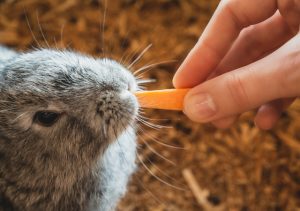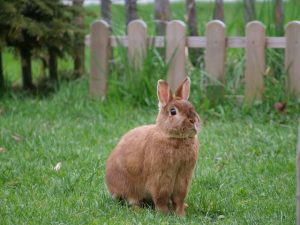
I am sure that you have heard it before, mother rabbits seem quite aloof when it comes to their babies. However, there are reasons for the behavior they exhibit. This is the mother rabbit’s way of protecting her young.
Contents
A mother rabbit will care for her young in ways that are not always seen by humans or understood. One of those things that as humans, we may not understand is that the mother rabbit does not care for the babies for an extensive period of time. Another misconception is that you do not see the mother rabbit feed her youngsters, so they must not do it.
Let’s look at how a mother rabbit does care for her newborn rabbits, and see which of the misconceptions are fact, if any.
Steps Of Preparing For The Young
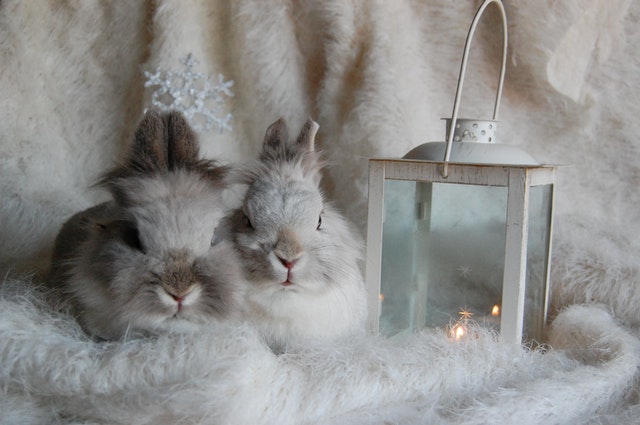
Your floppy eared bunny is going to want to have a safe and comfortable place to have her babies. She is going to make and create a home for the babies. You may have already made or given your bunny a home for this time, however, you need to know that the best homes are created by the pregnant mommy. As a bunny, she knows what they need. She knows how soft and safe it should be.
What she needs from you are the makings for the home. Whether that is a blanket, straw, or some other ready-made bed, if she has a selection of items, she will make the perfect bed and home. She will go one step further however, she will actually pull her fur out to make a comfortable area. They may even take a newspaper and shred that to make a soft spot for the babies.
Preparing For Her Not There
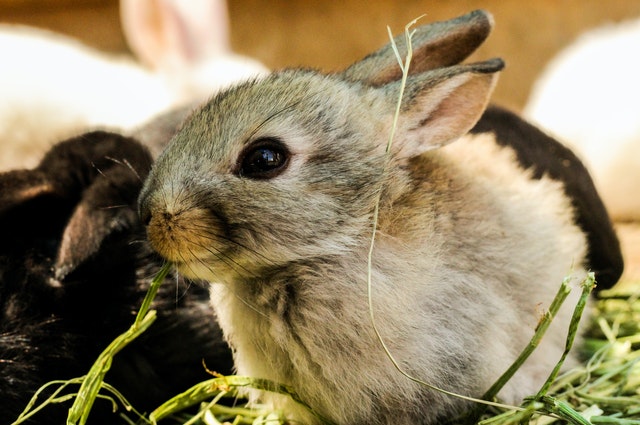
Only a cruel mother would go to all this work to make a soft, comfortable and safe location for her babies, and then leave them alone for long periods of time, right? Not necessarily! This is instinct and well planned on the mother’s part.
For humans, this sounds very odd. However, for the rabbits, this makes a world of sensible logic. She leaves the home for these times to make sure that she has not made predators aware that there is a litter of babies there. The mother is, in essence, protecting her babies from the predators.
This is actually a form of training the mother is doing. By instinct alone, the babies will dig down into the nesting area to keep warm and stay well hidden. This is why the nesting area or home seems so large at first.
Feeding In The Dark of Night
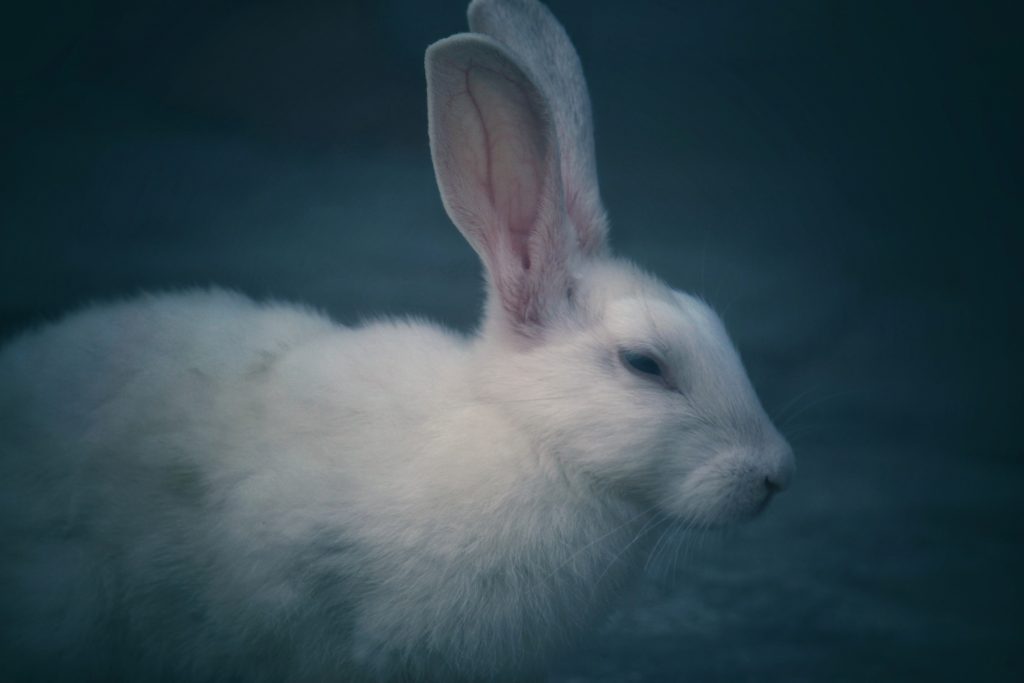
As a human, and as a bunny owner, it will likely be concerning when you do not see the mother there during the day. Again, she does this to avoid letting predators know there is a litter of babies in the hutch.
She does feed them, quite regularly at that. At night, when it is dark and no one can see her, she is in the nest, holding, cuddling and nursing her babies. The predators always have the mother in an aware state. She is constantly worrying about whether there are predators around. This built in instinct that rabbits have enabled the rabbit to protect their young by secret feedings.
The baby rabbit only needs one feeding in a 24 hour time period. This one feeding will last them the whole period of time. Even if she stays with the babies, she may sleep for a bit, but she will keep her eyes open. Even with a tiny bit of fear, or a sense of danger, she will avoid the babies and not feed them until it is safe. To her, she is avoiding a fatal attack on her young ones.
Defecation Methods
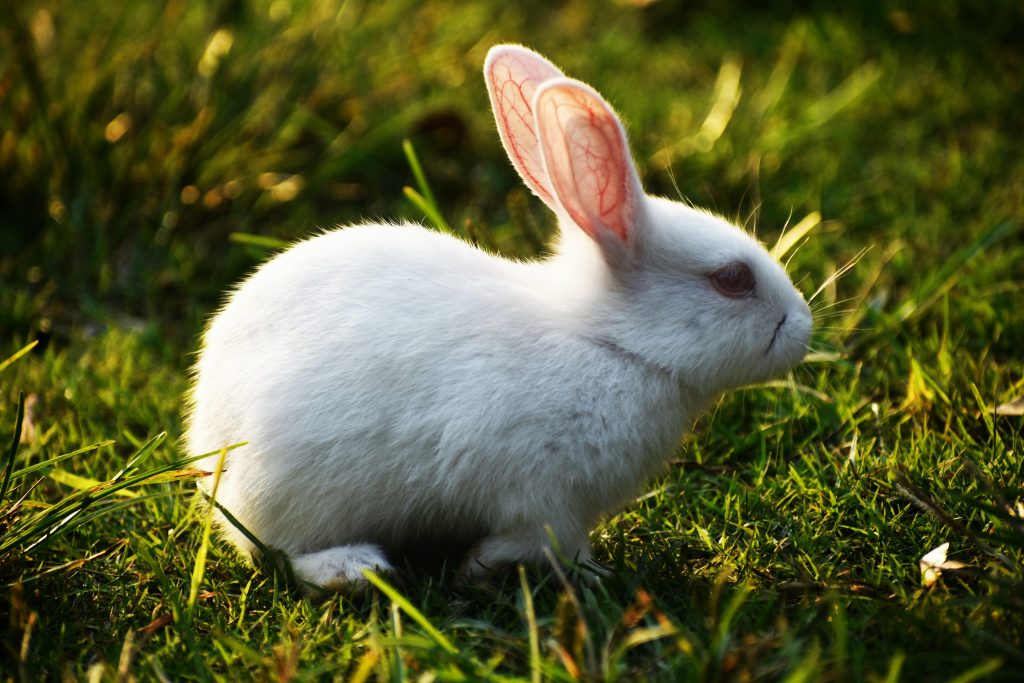
The newborn bunnies do not have the ability to defecate or eliminate urine. Like many other animals, the mother rabbit will lick the abdomens and the bottoms to help them eliminate what needs to be eliminated.
Further Diet For Babies
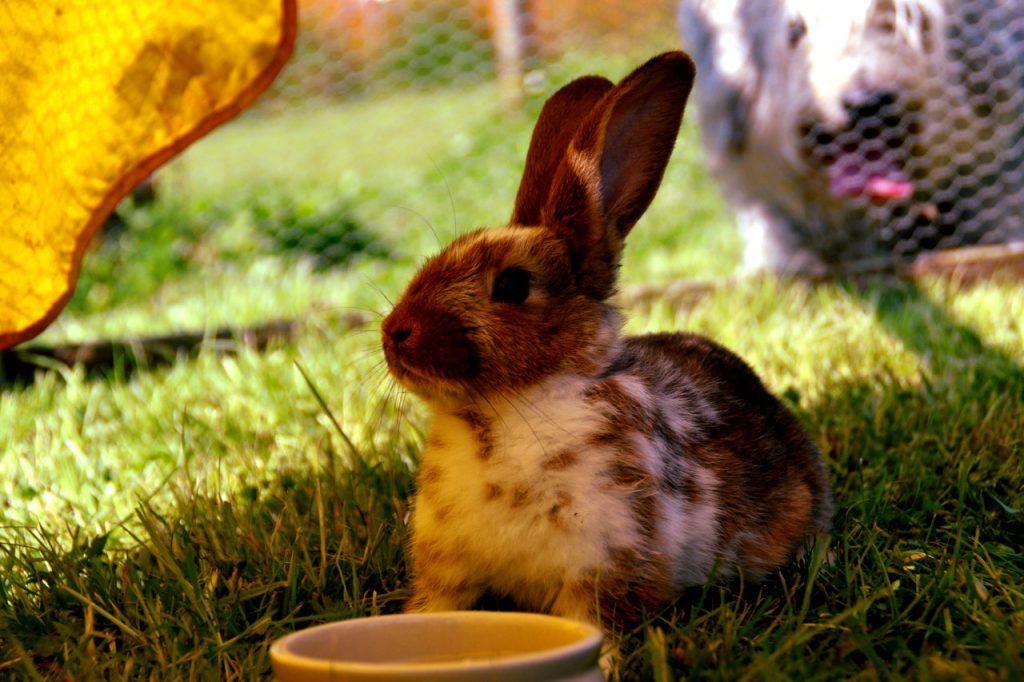
It is advised to begin giving the baby rabbits hay as soon as possible. Hay is one of the most vital foods a rabbit will eat, so starting young is better for them. The hay is gentle on their little tummies and gives the babies the fiber needed to keep their digestive tract moving as it should.
Alfalfa is another perfect food for the babies. Alfalfa is made from Lucerne instead of grass. By giving the babies the combination of the two hays, it gives them added calcium and proteins. This helps those little bodies to grow as fast as they do.
Dry food is another one to keep in the hutch. A baby rabbit requires more protein that an adult rabbit, so the extra protein is great. They can eat on the adult dry rabbit food, but would need to eat more of it to obtain the necessary protein their bodies need. When they eat too much of the adult dry rabbit food, they may tend to stop eating hay and alfalfa. This is highly important in their diets, so if need be, cut back on the dry food that is being given.
The fresh foods such as parsley and other greens should be given very slowly. This is to determine if there is a sensitivity to the food.
Not After Birthing
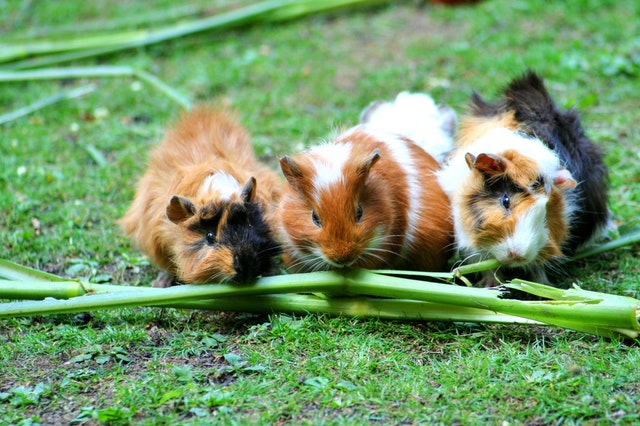
You will also notice that the mother rabbit will not feed the babies right after she gives birth. This task of the first feeding will wait until the night of their birthing. The usual feeding time will occur between midnight and 5 a.m.. This is done so the mother does not draw the attention of predators to the babies. It is assumed that the predators as well as the humans are all asleep at this time, which makes it safe to wake the babies and then proceed to nurse them.
The mother’s own milk is rich enough that nursing once in 24 hours is enough for the babies. Another difference you will notice is that the mother rabbit does not lay down when nursing her babies. She actually stands above them. As is the same with many other new mother animals, as the nursing is happening, the mother will take the time to help the babies eliminate their systems.
In Doubt and Worried?
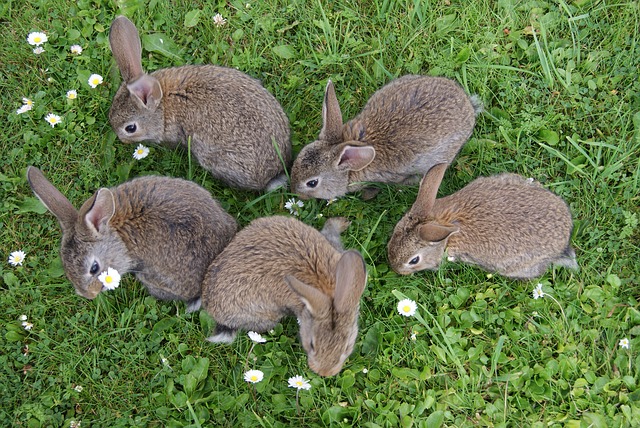
Since you will not witness the feedings, it is understandable that as the owner, you would be concerned if the mother is indeed feeding her young. There are a couple of ways to assure yourself that the babies are, in fact, being fed. First thing in the morning, go to the nesting area and pick up the babies. They will have full round tummies and be sleepy. You do not need to worry about the human smell on the babies, the mother rabbit is not concerned with the smell you leave.
Another way to assure yourself that the babies are being well fed is to use a postage type scale and weigh the babies each morning. Keep documented writings of the daily weight so that you see there is weight gain happening. Proper nutrition is the key to successful growth in baby rabbits, for the most part you will be able to see the changes happening. If you do not see it readily, keep the scale handy so that you can measure routinely.
You will also want to let the vet know that there will be more patients on his or her charts. The babies need to be checked by the vet as soon as possible for any problems. The vet will complete an exam and make any suggestions that he or she feels are necessary for the babies to continue to grow strong and healthy.
What you do not need to be concerned about is the feeding. It is taking place, just not when the rest of the world is awake. You also do not need to believe that mother rabbits are cannibals. The only time they will remove the young in this manner is if it was stillborn, or spontaneously aborted.
The male rabbit is okay to be around the babies. It should be preferable that the male is neutered before being allowed around the litter. The father rabbit will begin to play roughly as soon as the young reach the puberty stage. If he has not undergone neutering he should be removed from the area.
Also the mother and the father should be kept apart for a time after she has given birth. The mother rabbit is quite capable of conceiving again right after giving birth. Even if the male has been neutered, the male and female should still be kept apart for at least a month after neutering. The ways of young mothering may seem different when it comes to rabbits, however, she apparently does all this in order to keep her young safe from harm.


